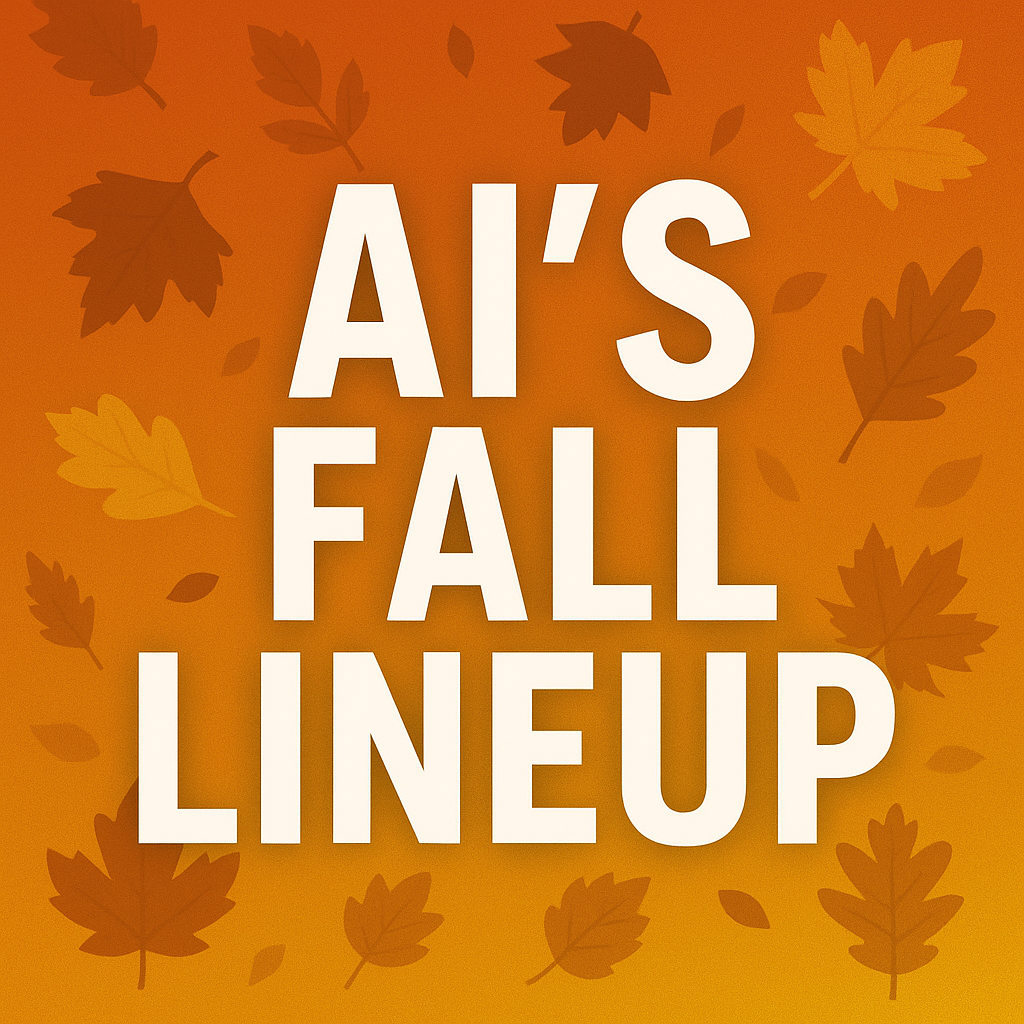AI’s Fall Lineup: What Google, Anthropic, and OpenAI Are Teaching Us About the Future of Learning
by Claire Brady, EdD
“This is no longer about “cool demos” or generalized productivity apps—it’s about shaping how students learn, how faculty teach, and how institutions adapt.”
This fall, as students stream back onto campuses, the major AI players—Google, Anthropic, and OpenAI—quietly rolled out some of their most education-focused tools to date. Ray Schroeder captured this moment in his recent article, AI Companies Roll Out Educational Tools, and it’s worth pausing to consider what it means for higher ed leaders, faculty, and staff.
What strikes me is not just the tools themselves, but how deliberately each company is framing its approach to education. This is no longer about “cool demos” or generalized productivity apps—it’s about shaping how students learn, how faculty teach, and how institutions adapt.
Anthropic: Centering Responsible AI and Faculty Voice
Anthropic is leaning heavily into governance and literacy. By forming a Higher Education Advisory Board (chaired by Yale’s former president Rick Levin and populated with leaders from Rice, Michigan, Texas, Stanford, and Complete College America), they’re signaling that higher ed will have a seat at the table in Claude’s development.
Even more promising, Anthropic released three AI Fluency courses—one for educators, one for students, and one for institutions. These are free, practical frameworks for integrating AI into classrooms, assignments, and campus culture. For colleges still wrestling with whether AI belongs in the curriculum, Anthropic is saying: “Here’s how you can do it responsibly.”
Google: Turning Search Into Learning
Google’s Gemini tools reflect their DNA: search and structure. Their new Guided Learning approach doesn’t just spit out answers—it asks probing, open-ended questions, scaffolds explanations, and pushes students toward deeper understanding. They’ve also added flashcards, study guides, and integrated features across Google Classroom, making it easy for faculty to plug in.
The bigger story? Access. Google is offering free one-year AI Pro subscriptions to every U.S. college student and committing $1 billion to education over three years. This isn’t just product adoption—it’s market shaping. Students who learn on Gemini today may be Google’s enterprise clients tomorrow.
OpenAI: From Output to Understanding
OpenAI’s Study Mode is perhaps the clearest acknowledgment of faculty concerns. The feature uses Socratic questioning, scaffolding, and interactive knowledge checks to guide students toward comprehension rather than just “getting the answer.” It’s flexible, toggled on or off, and available across all tiers of ChatGPT.
For those of us in higher ed, this is a direct response to our calls for AI that supports—not shortcuts—learning. Study Mode reframes ChatGPT from a productivity tool into a potential tutoring partner.
Why This Matters for Higher Ed Leaders
The fall 2025 semester may be remembered as the one where AI companies stopped talking “potential” and started building infrastructure for education. Each is taking a distinct path—Anthropic emphasizing governance and fluency, Google focusing on scale and access, and OpenAI reengineering the learning process itself.
For colleges and universities, the challenge now is twofold:
Adoption with intention. These tools are free (at least for now). But how we integrate them—into courses, advising, research, and operations—will determine whether they enhance or erode the human dimensions of education.
Future-proofing. Our students are not just using these platforms; they’re being shaped by them. The habits they form now—how they study, how they collaborate with AI—will influence the workplaces they create and lead.
Schroeder is right: now is the time to get familiar. The AI “big three” are planting flags in our classrooms. If higher education doesn’t proactively shape how they’re used, someone else will.
Read the full article: https://www.insidehighered.com/opinion/columns/online-trending-now/2025/09/03/ai-companies-roll-out-educational-tools

